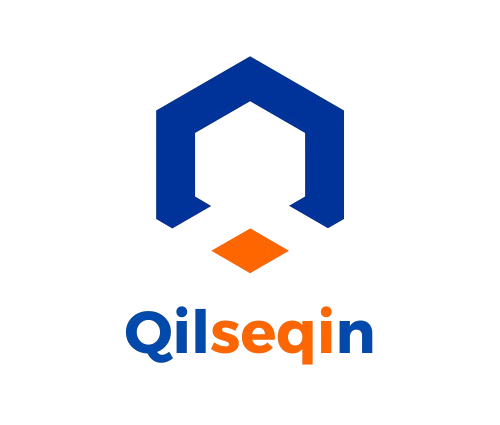In recent years, artificial intelligence (AI) has made significant strides in various fields, with AI chat technology standing out as one of the most transformative innovations. This article explores the concept of AI chat, its evolution, applications, and future potential.
What is AI Chat?
AI chat refers to computer systems designed to simulate human-like conversations through text or voice. These systems use natural language processing (NLP) and machine learning algorithms to understand and respond to user inputs in a way that mimics human interaction. AI chatbots can handle a wide range of tasks, from answering simple queries to managing complex customer service requests.
Evolution of AI Chat
- Early Days: Rule-Based Systems The first AI chat systems were rule-based, relying on predefined responses and decision trees. These early chatbots could only respond to specific keywords or phrases, making them limited in their ability to understand context and nuance.
- Advancements in NLP As natural language processing (NLP) technologies advanced, AI chat systems became more sophisticated. NLP allows chatbots to understand and generate human language more effectively, enabling them to handle more complex interactions.
- Machine Learning and Deep Learning The introduction of machine learning and deep learning techniques further enhanced AI chat capabilities. These technologies enable chatbots to learn from vast amounts of data, improving their ability to understand context, handle diverse queries, and provide more accurate responses.
- Conversational AI The latest generation of AI chat systems, known as conversational AI, leverages advanced NLP and machine learning to create more engaging and human-like interactions. Conversational AI can maintain context over multiple exchanges, understand subtleties in language, and even generate creative responses.
Applications of AI Chat
- Customer Service AI chatbots are increasingly used in customer service to handle routine inquiries, provide support, and even resolve issues. They offer businesses the ability to provide 24/7 support while reducing the workload on human agents.
- E-Commerce In the e-commerce sector, AI chatbots assist customers with product recommendations, order tracking, and personalized shopping experiences. They can enhance user satisfaction by providing quick and relevant assistance.
- Healthcare AI chat technology is being ai chat used in healthcare to provide patients with information, schedule appointments, and offer preliminary medical advice. Chatbots can help streamline administrative tasks and improve patient engagement.
- Education In education, AI chatbots serve as virtual tutors, answering student queries, providing explanations, and assisting with homework. They can offer personalized learning experiences and support educators in managing classroom interactions.
- Entertainment AI chat is also making waves in the entertainment industry, where chatbots are used to create interactive storytelling experiences, engage with fans, and provide personalized content recommendations.
The Future of AI Chat
The future of AI chat holds exciting possibilities. As technology continues to advance, we can expect even more natural and intuitive interactions. AI chat systems will likely become more adept at understanding human emotions, adapting to individual preferences, and integrating seamlessly with other digital platforms.
Additionally, ethical considerations and privacy concerns will play a crucial role in shaping the future of AI chat. Ensuring that these systems handle data responsibly and maintain user trust will be essential for their continued success.
Conclusion
AI chat technology has come a long way from its early beginnings, evolving into a powerful tool with diverse applications. As advancements continue, AI chat will undoubtedly play an increasingly important role in enhancing human-computer interactions, transforming industries, and improving our daily lives. Whether for customer service, healthcare, education, or entertainment, AI chat stands at the forefront of innovation, promising a future of more intelligent and engaging digital interactions.
